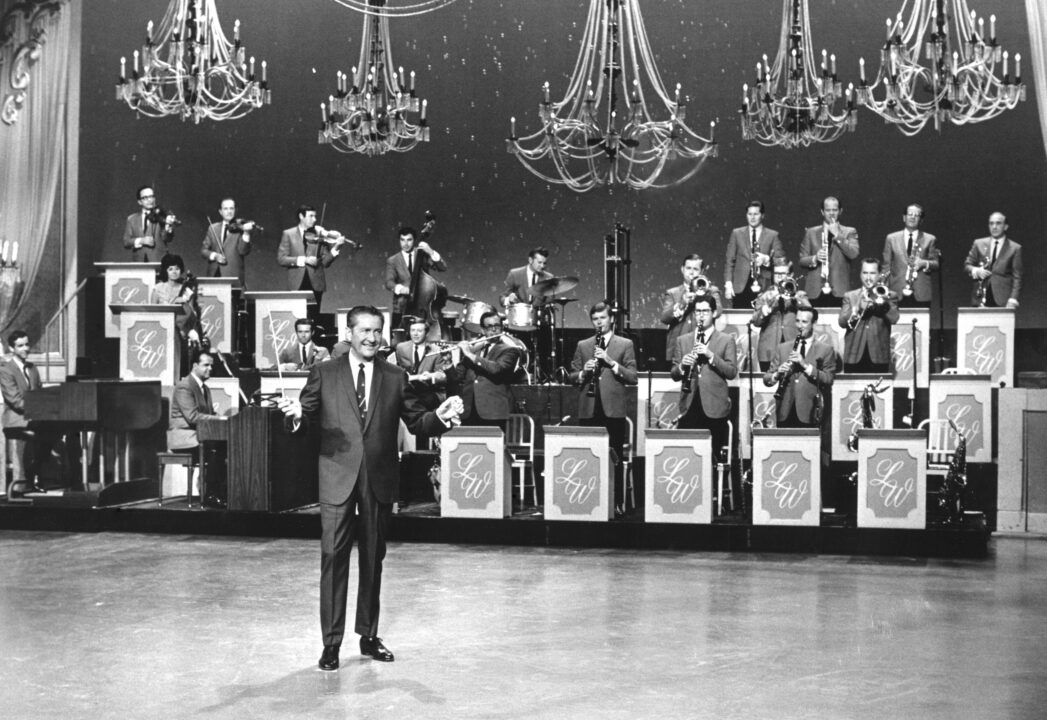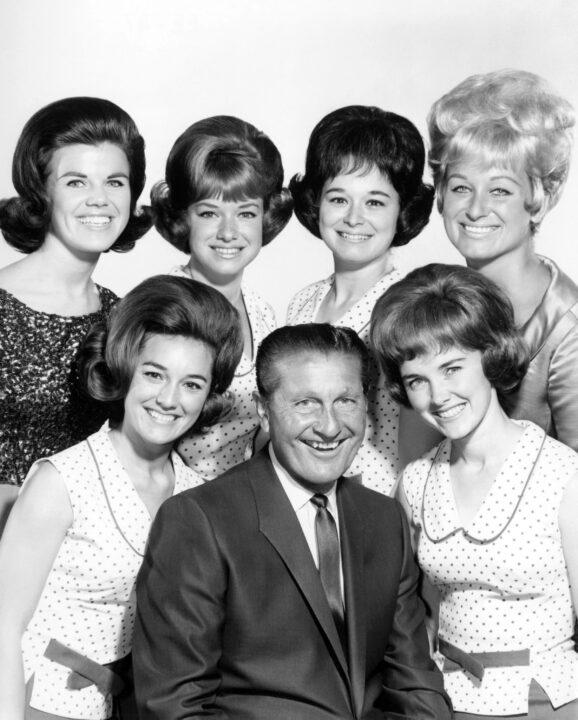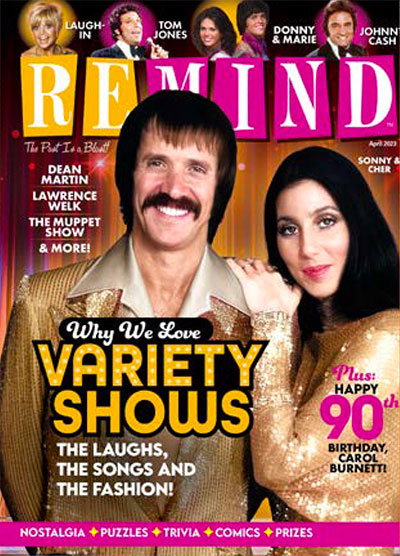5 Things You Never Knew About ‘The Lawrence Welk Show’

For more than three decades, The Lawrence Welk Show was a staple in American living rooms, with its trademark champagne music and gentle humor. Hosted by North Dakota-born bandleader Lawrence Welk, the show debuted locally in Los Angeles in 1951 before airing on ABC on July 2, 1955. It became a national phenomenon, running until 1971 and continuing in syndication until 1982. Even today, reruns still air on PBS.
In honor of the iconic show that made history, here are five things you may not have known about this enduring musical classic:
1 The show survived cancellation thanks to dedicated fans

Everett Collection
In 1971, ABC canceled The Lawrence Welk Show after 16 years, claiming the show no longer appealed to the younger viewers advertisers were targeting.
But while the network wanted edgier programming, Welk’s audience remained strong and devoted. Rather than retire, he made a bold move by taking the show into first-run syndication. Within months, it was airing again, right on schedule for the fall season. Many of the same ABC affiliates that had just dropped the show picked it back up independently. Welk produced the new episodes himself and kept the format largely the same, and the audience followed. He remained on the air this way until he retired in 1982 — and his syndication success became a model for other family-oriented programs in years to come.
2 Welk produced the show himself, with a clever twist on his own name

Everett Collection
Welk was not just the host of the show, he was also the producer for most of its run. He formed Teleklew Productions to handle the show’s production. The name was a creative blend, with “tele” standing for television and “klew” being “Welk” spelled backwards.
Producing gave Welk creative and business control over his growing media empire. And Teleklew didn’t just produce the weekly show: the company also released recordings and radio transcriptions, distributed through partnerships like the one with RCA Thesaurus.
3 His audience saved his childhood home when Congress wouldn’t

Everett Collection
In the early 1990s, there was an effort to turn Welk’s boyhood home in Strasburg, North Dakota, into a museum. When the U.S. Congress declined to provide federal funding, many assumed the project would fade away.
However, Welk’s devoted fan base stepped up and donated the needed funds. Thanks to those contributions, the Welk Homestead has been preserved and is now open to the public as a museum. It remains privately funded and continues to celebrate Welk’s life, music and legacy.
4 The show helped launch some surprising music careers

Everett Collection
While Welk’s show focused on light entertainment, it also gave major opportunities to up-and-coming performers. Country singer Lynn Anderson got her start on the show, performing alongside her mother, Liz Anderson, before breaking out with hits like “(I Never Promised You a) Rose Garden.” Jazz clarinetist Pete Fountain was another early standout whose smooth style made him popular with audiences, though he left the show after a few years to focus on solo work. Welk often said he believed in giving young talent a platform, and his show’s musical variety format allowed for just that.
5 Welk was more modern than people realized — just in his own way

Everett Collection
A common misconception is that Welk did not speak English until he left home at 21. In reality, he started learning English in elementary school, though he primarily spoke German at home. His community in Strasburg, North Dakota, was settled by Germans from Russia, and even the schoolteachers spoke English as a second language.
Welk also embraced technology and trends, just in his own quiet style. He pushed to begin color broadcasts in 1965 and temporarily moved production to the Hollywood Palace, ABC’s only West Coast color-equipped studio at the time. He once registered a personalized license plate that read “A1 AN A2,” referencing top musical ratings.

Variety Shows
April 2023
Be astounded by many of our favorite classic variety shows!
Buy This Issue
